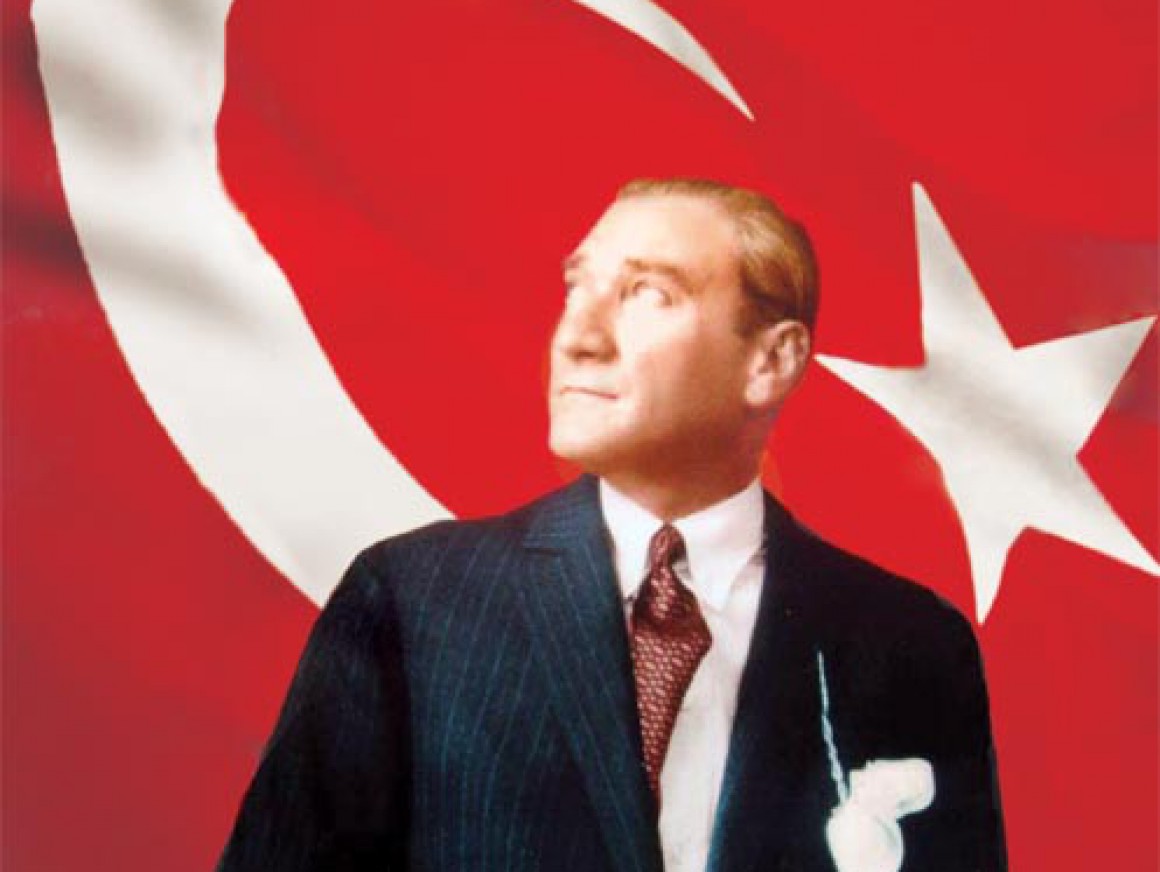Father Z explains the old and new rules for becoming a saint after the Vatican’s recent expansion of the categories of beatification:
In the Church we have had the ancient teaching and tradition of “red” or bloody martyrdom for the sake of charity whereby the martyr dies giving witness in the face of hatred for Christ, the Church, the Faith or some aspect of the Christian life that is inseparable from our Christian identity. There is also a long tradition of identifying “white” martyrdom, coined by St. Jerome, whereby a person gives witness through an ascetic life, withdrawal from the world, pilgrimages involving great sacrifice, or who suffer greatly for the Faith but who do not die in bearing witness. Coming from another tradition there is a kind of “blue” (or “green”) martyrdom, involving great penance and mortifications without necessarily the sort of withdrawal from life that a hermit or a cenobite might live. Gregory the Great in his Dialogues, writes of different kinds of martyrdom, bloody, public martyrdom in time of persecution and secret martyrdom, not in time of persecution. He wrote that secret martyrs are no less worthy of honor, because they also endured sufferings and the attacks of hidden enemies, but they persevered in charity.
In principle I think that this is a good move… if we are going to stay on the course of so many causes for beatification, that is. Once upon a time, it was an extremely difficult process to investigate a life, gather proofs and organize all the documentation properly, and then study it thoroughly, etc. Now, with the modern means of travel and communication, that process is easier. Many more causes have resulted and, because they in fact corresponded to the criteria established, more causes have been successful. Also, it was the clear desire of John Paul II that there be more examples of Christians “raised to the altar” for our edification and imitation, so as to say, “Yes, it IS possible to be a saint!” I think that results have varied in that project. In a way, it is good to encourage people to aspire to sainthood. However, once the number of beatifications and canonizations multiplied, they seems less “special”.
Whatever happened to faith in Christ (doesn’t look like that Joint Declaration with the Lutherans on justification changed all that much the sufficiency of Christ)?
Meanwhile, for the rest of the church, beatification is not the end but purgatory:
Let’s start by reviewing what the Catechism of the Catholic Church (1030-1032) teaches about Purgatory:
“All who die in God’s grace and friendship, but still imperfectly purified, are indeed assured of their eternal salvation; but after death they undergo purification, so as to achieve the holiness necessary to enter the joy of heaven.”
“The Church gives the name Purgatory to this final purification of the elect, which is entirely different from the punishment of the damned. … The tradition of the Church, by reference to certain texts of Scripture, speaks of a cleansing fire…”
“This teaching is also based on the practice of prayer for the dead, already mentioned in Sacred Scripture…”
“From the beginning the Church has honored the memory of the dead and offered prayers in suffrage for them, above all the Eucharistic sacrifice, so that, thus purified, they may attain the beatific vision of God…”
“The Church also commends almsgiving, indulgences, and works of penance undertaken on behalf of the dead…”
Is the lesson then that a hierarchical church produces a hierarchical plan of salvation? The saints and the rest?
In Protestantism, all believers are saints. Even Paul knew that:
Paul, an apostle of Christ Jesus by the will of God, and Timothy our brother, To the church of God that is at Corinth, with all the saints who are in the whole of Achaia: Grace to you and peace from God our Father and the Lord Jesus Christ. (2 Cor:
1-2)


Saints are supposed to be the heroes. But now winged parents and children both sing to each other, “Didn’t you know tat you are me hero…” And Marvel rules at the multiplex.
LikeLike